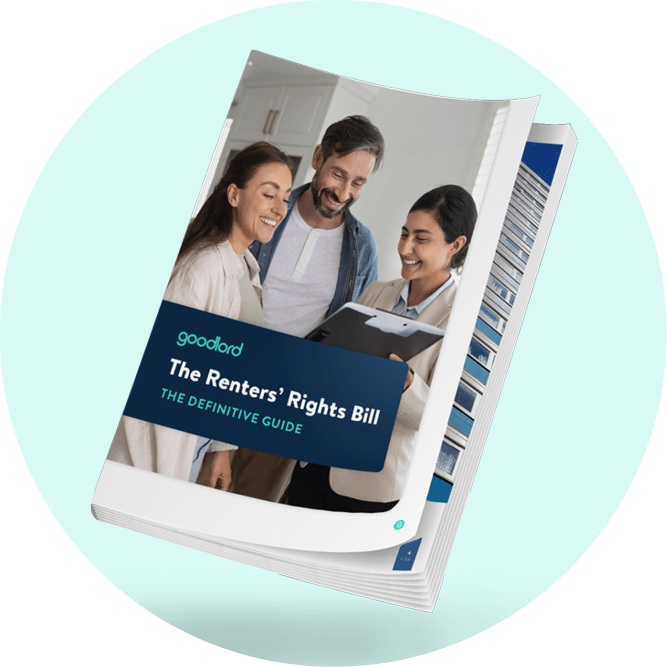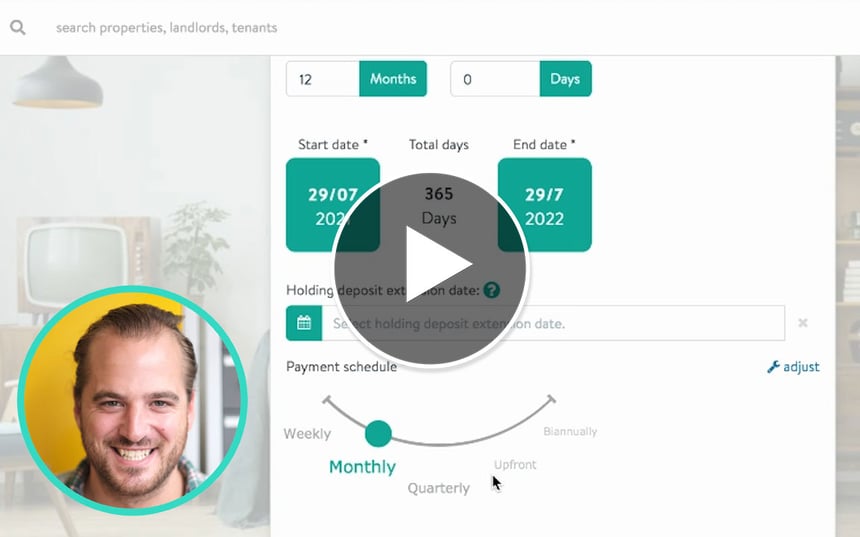How to show your landlords that buy-to-let is still a good investment
With stock levels low for many, it's vital you're able to advise your landlords on why the property market is still a good investment. Build a stronger talk track with these five things you need to know about buy-to-let trends, opportunities, and shifting priorities.
Predictions on the future of buy-to-let vary greatly. Some say that the sector is thriving and will continue to grow and expand in line with increasing tenant demand. Others say that the weight of legislation and the associated costs are driving landlords out of the market. So what does this all mean for the future of the industry and how can you encourage your landlords to continue to invest?
Buy-to-let landlords coming and going
First, let's take a look at the stats. The Nottingham Building Society estimated that 20% of buy-to-let landlords intend to sell all or some of their portfolio over the next two years. This nearly balances with the 16 percent that aim to buy more properties over the same period - but not quite. Research by University of York’s Centre for Housing Policy points to one explanation: ‘baby boomer’ landlords ageing out of the market and not being replaced by younger landlords at the same rate.
To stem the flow of landlords leaving and to help potential new landlords see the benefits of the sector, your agency needs to show the importance of its role in supporting landlords throughout their journey.
The building society's research showed that 52 percent of landlords intending to sell up blamed this on increased regulation in a recent survey.
This leaves an opening for you to help potential landlords recognise the importance of choosing the right agency to help them stay compliant or to show why your current landlords would benefit from your fully managed option.
Buy-to-let limited companies
The end of tax relief on buy-to-let mortgages is another reason cited for 24 percent of landlords planning to leave the industry. However, the question of tax is also driving a new positive trend in the market, with more buy-to-let landlords forming limited companies.
When registered as a company, landlords can grow their portfolios more quickly as they can offset the interest on their mortgage against the profits they make.
They also benefit from corporation tax rates which are lower than income tax ones. Hamptons Countrywide found that 41,700 buy-to-let limited companies were formed in 2020 - an increase of 23% on 2019 and a record number, which could help give your landlords more confidence in this route for investment.
Buy-to-let mortgage choice expanding
The increased demand from tenants has also had a positive impact on the number of buy-to-let mortgage products available. Moneyfacts highlighted 2,709 mortgages available in July 2021 - and this influx of new choice means that average rates have started to fall to lower than in July 2019.
Which? notes that some of your landlords coming to the end of two-year fixes may even be able to remortgage at a cheaper rate.
The Paragon Bank echoes this positive sentiment, with buy-to-let mortgage lending up by a third between 1 October to 30 June against the same period in 2020, up to £911.4 million - and applications are still going strong despite the phasing out of the stamp duty holiday.
Investment opportunities in energy efficient homes
As the government continues to advance its plans to increase the minimum energy efficiency standards for private rented properties to EPC Band C on new tenancies by 2028, landlords are understandably concerned about the costs involved with implementing the necessary changes to their properties, projected to be up to £7,646 per property according to the the Office of National Statistics.
However, there are opportunities out there for your landlords looking to invest. Eighty-two percent of landlords, investors and brokers in a recent survey said that they'd prioritise "environmental friendliness and energy efficiency" when buying properties.
This taps into increased tenant support for sustainable solutions, and could also have a cost benefit for your landlord; green mortgages could offer your buy-to-let investors lower interest rates if they were to invest in energy efficient properties.
For those with properties already, you could advise your landlords on some low cost ways to improve their properties' energy efficiency, including using low energy lighting, estimated to cost £38 on average, insulating hot water cylinders at around £23, and draught-proofing windows at £100.
The best places for buy-to-let investment
Trends in the number of buy-to-let landlords in the market should also take into account those areas where investors are seeing the most success.
Research by Intus Lettings shows that void periods have dropped for buy-to-let landlords, with a growing number of properties with near complete year-round occupancy in some regions - a quarter of the landlords in the east of England said that their properties were empty for less than a month over a one year period, for example.
This reflects Goodlord's Rental Index data which show that in July 2021 voids on average across England were at their lowest level since August 2019 - so, all in all, a positive outlook.
Some areas of the UK offer higher yields for landlords - and if you're an agent that's lucky enough to operate in those areas, you have a strong argument for helping to encourage landlords to join the market.
Recent figures show that the North East of England offers the best buy-to-let yields. If you're advising potential landlords on where to invest, that could be a good place to start.
Want the latest lettings news delivered straight to your inbox every week? Sign up to our mailing list and stay up to date.










